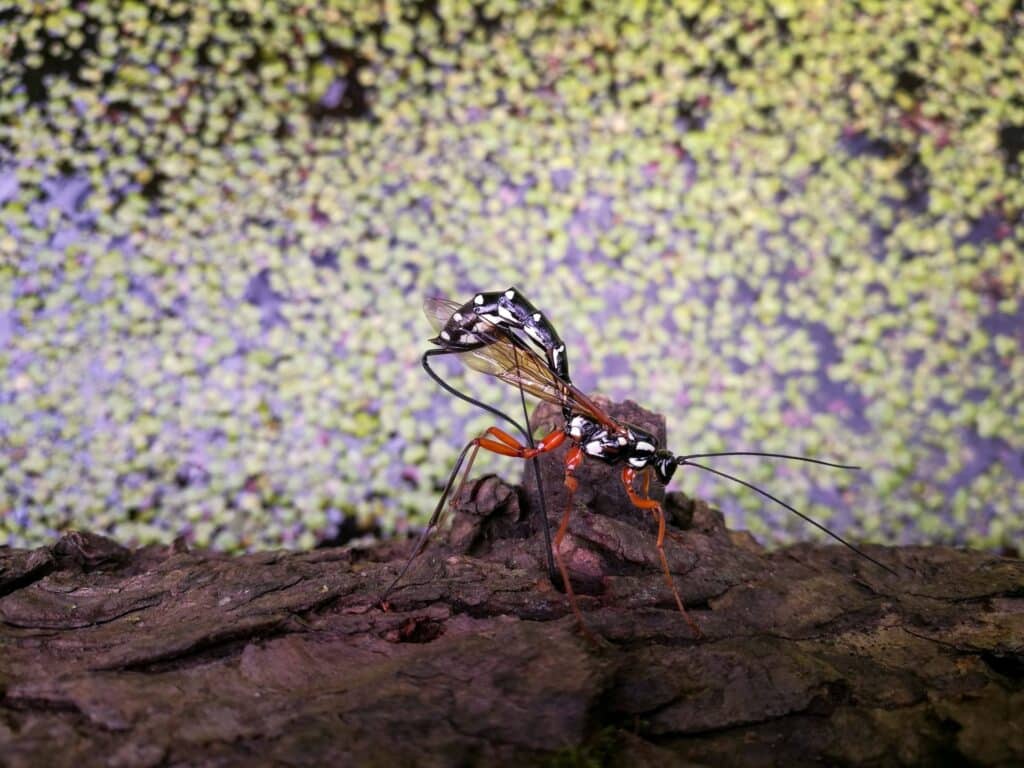
Hidden Nature Trail reopens at Paignton Zoo
Visitors are flocking to experience the UK’s rarest habitats in the heart of Devon’s leading zoo.
Paignton Zoo’s beloved woodland walk is enjoying an unexpected renaissance. The Nature Trail, which reopened last week following recent storm damage, has emerged not just restored, but refreshed – with a sustainable twist that would make any environmentalist smile.
The trail, which winds through mature Devon woodland and follows a gentle stream, has become an unexpected highlight for many visitors seeking respite from the bustle of the main zoo attractions. Here, visitors can experience one of Britain’s rarest habitats; temperate rainforest.
Dave Ellacott, Reserves Warden for Paignton Zoo’s parent charity Wild Planet Trust, commented:
“We’re seeing visitors actively seeking out this peaceful corner of the zoo. There’s something quite special about stepping off the main path and finding yourself in what feels like a secret woodland.”

When January’s storms felled one of the trail’s veteran oak trees, the zoo’s conservation team saw an opportunity rather than a setback. The centuries-old oak has been skillfully repurposed into robust new fencing along the trail’s path, its weathered bark and natural contours lending an organic authenticity to the boundaries.
Dave continued:
“As with all our fallen trees, we looked for ways to give this grand old oak a new purpose within the zoo. Visitors can now run their hands along the same oak that has watched over this woodland for generations.”
The trail’s appeal lies in its contrast to the zoo’s more structured exhibits. Here, native wildlife takes centre stage in what ecologists classify as temperate rainforest – one of Britain’s rarest and most endangered habitats. In this humid, moss-draped woodland, sharp-eyed visitors might spot woodland birds nesting in the Spring, squirrels chasing through the canopy, or damselflies flashing past the stream.

Each season brings its own charm to the trail, from Spring wildflowers and Summer butterflies to Autumn fungi and Winter bird watching, making every visit unique.
This renaissance of the Nature Trail reflects a growing appetite for mindful spaces within traditional attractions. As visitors increasingly seek out experiences that offer both entertainment and tranquillity, Paignton Zoo’s woodland walk reveals how careful stewardship can transform a simple path through the trees into something altogether more meaningful.
Paignton Zoo welcomes visitors to discover their own moments of wildlife wonder, with advance tickets available online. Every visit to the Nature Trail and wider zoo supports Wild Planet Trust’s vital conservation work, protecting both native British wildlife and endangered species across the globe. By making a Gift Aid declaration when purchasing tickets, visitors can provide additional funding for these conservation efforts at no extra cost.
Temperate rainforests in Britain
Britain’s temperate rainforests are one of the world’s rarest habitats, found primarily along the western coasts of Devon, Cornwall, Wales, and Scotland.
These unique ecosystems are characterised by high rainfall (1,500mm+ annually), stable temperatures, and high humidity levels that create perfect conditions for a rich diversity of plants, particularly mosses, lichens, and ferns.
- Only 1% of Britain’s original temperate rainforest remains
- These forests support over 200 species of bryophytes (mosses and liverworts) and more than 150 lichen species
- Many species found in British temperate rainforests are found nowhere else in the world
- The habitat is considered more threatened than tropical rainforest
Paignton Zoo’s Nature Trail represents one of the few publicly accessible examples of this habitat in southern England, offering visitors a rare opportunity to experience this ancient ecosystem first-hand.


